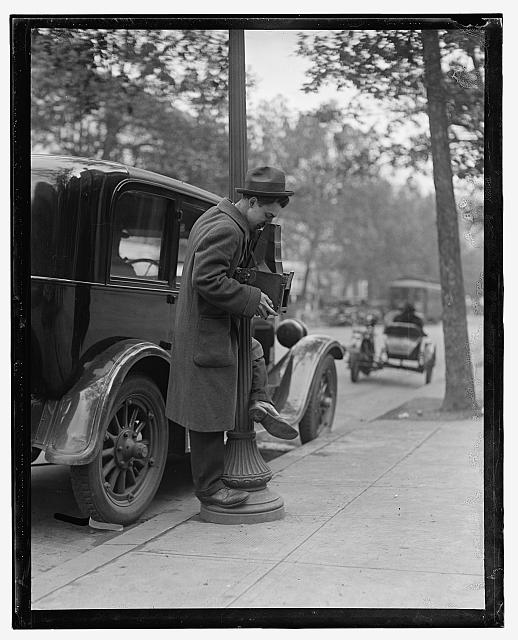We talked about Warren and Brandeis’s case for a right to privacy. Specifically, we noted the following:
Why is there a right to privacy?
Warren and Brandeis analyze the decisions of courts. They find that the courts have protected privacy by using other parts of the law, such as the law of defamation, property, or contract.
In each case, they argue, the decision would make more sense if it directly invoked a right to privacy.
Whether you find their analysis persuasive hinges on what you think of the letter case, in my opinion. Suppose A sends a letter to B containing private information about A and that B publishes the information in the letter. Warren and Brandeis think that B would have violated A’s right to privacy. The violation cannot consist in a violation of A’s property rights because the letter is no longer A’s property: A sent it to B. It can’t be that B did anything wrong in acquiring the information either: again, A sent the letter to B. Nor can the violation consist in the violation of a contract between A and B: B does not consent to anything by opening a letter (they say). As Warren and Brandeis see it, A’s right is the right to control publication of the information. That is what they call a right to privacy.
A structurally similar example involves what we call revenge porn. C gives D a racy photograph of C that D posts on the internet when C and D break up. That strikes many people as a violation of C’s privacy. But it’s not because D didn’t own the picture; it’s because of the information in the picture, namely, what C looks like naked. If you think the right to control the information about what C looks like naked remains in C’s hands, then you are in substantial agreement with Warren and Brandeis.
Some history
This article is one of the most cited law review articles ever. Why did they write it? One popular story is that Warren was peeved about the way his daughter’s wedding was covered in the newspapers (Prosser 1960, 48). However, since Warren’s daughter was seven years old at the time, this is not true (Barron 1979, 893). (I had previously quoted the story about the wedding here; I deleted it when I learned it was false. - mjg December 19, 2019.)
Warren and Brandeis were also concerned that “the latest advances in photographic art have rendered it possible to take pictures surreptitiously” (Warren and Brandeis 1890, 211).
They weren’t exactly wrong: that was possible.
But it would have been difficult.  (Unidentified photographer with camera, Library of Congress.)
(Unidentified photographer with camera, Library of Congress.)
 (Unidentified photographer with camera, Library of Congress.)
(Unidentified photographer with camera, Library of Congress.)